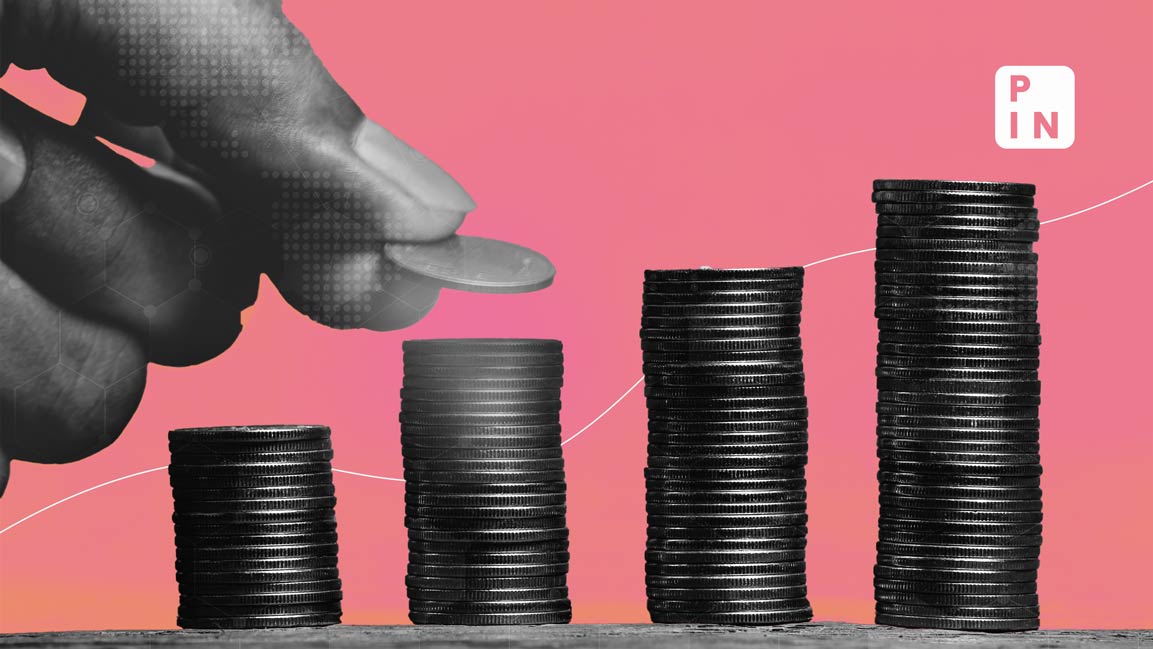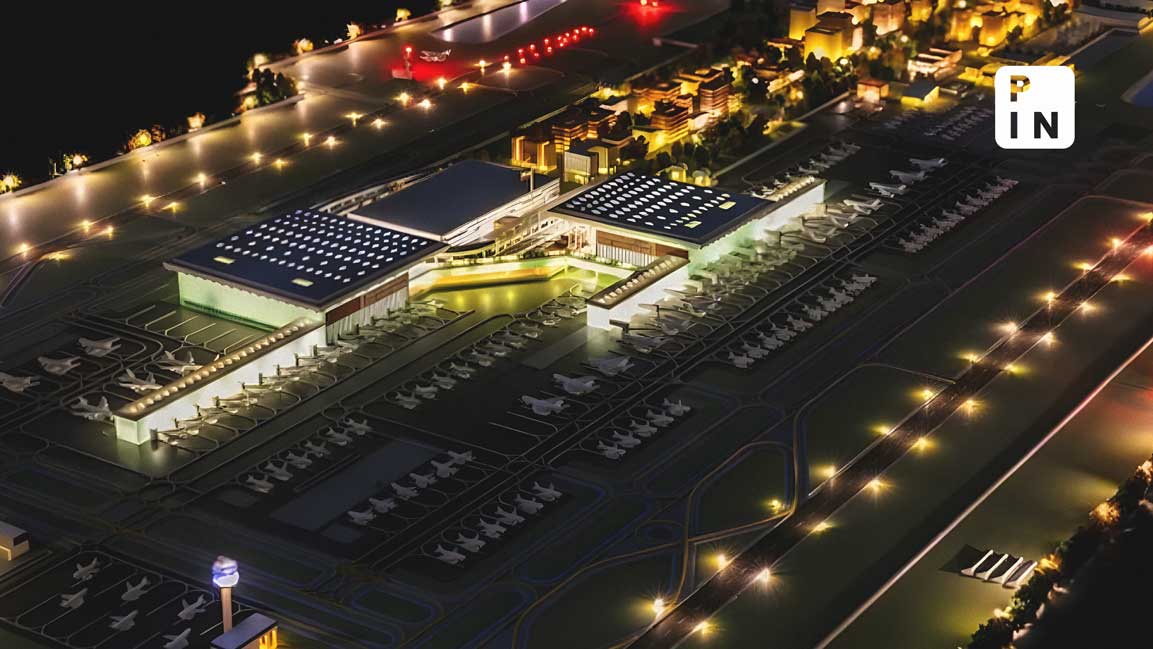- | 2:00 pm
India falls two places in WEF’s Gender Gap Index 2024
Indian women earned considerably less than men, with a current parity rate of only 28.6%

India’s ranking on the World Economic Forum’s Global Gender Gap Index slipped two spots to 129th in 2024, reflecting setbacks in educational achievement and political participation for women.
As the country closed 64.1% of its gender gap this year, economic participation of women and opportunities provided to them saw an improvement from the previous year.
The country shows promise in reducing its economic gender gap, as India’s economic parity score has improved for four years running. However, it still needs a significant boost to reach its 2012 score of 46%.
Here are the areas of improvement, as per the report:
Income:
Indian women earned considerably less than men, with a current parity rate of only 28.6%.
Leadership: Women were underrepresented in senior positions across various sectors, with a mere 14.4% share in legislative, senior officials, and management roles.
Along with that, women’s representation in parliament with a 17.2% share and in ministerial positions with a 6.9% share, remained low.
Labor Force Participation:
Only 45.9% parity existed in labor force participation, which indicated a significant gap in women’s employment.
Despite these challenges, India held a strong position in a specific aspect of political empowerment: female heads of state. The country ranked within the top 10 for this indicator.
Education attainment also presented a mixed picture. While enrollment rates for women were high across primary, secondary, and tertiary levels, the pace of improvement had slowed.
Notably, a significant literacy gap of 17.2 percentage points persisted between genders, and pushed India down to 124th place in this particular metric.
Globally, Iceland continued its fifteen year-streak, attaining the top spot in the Global Gender Gap index.
This year, the country closed over 90% of their gender gap, becoming the only economy to do so.
Some of the familiar high-performers from previous years also made it to the top five.
Finland (87.5%) climbed up a spot from last year, and ranked second on the index while Norway (87.5%) fell down from its second place last year, ranking third in 2024. New Zealand (83.5%) secured the fourth place, entering the top five list for the fifth consecutive year while Sweden (81.6%) also established itself as a frontrunner.
India was also included in the list of countries facing significant challenges in achieving economic parity between genders with a score of 39.8%.
The countries included Bangladesh (31.1%), Sudan (33.7%), Iran (34.3%), Pakistan (36%), and Morocco (40.6%). A common thread among these countries was the wide gender pay gap, with women earning less than 30% of what men do.
Across these countries, the parity level in labor force participation also fell below 50%, with Iran showing the most significant disparity at a mere 20.1%.













